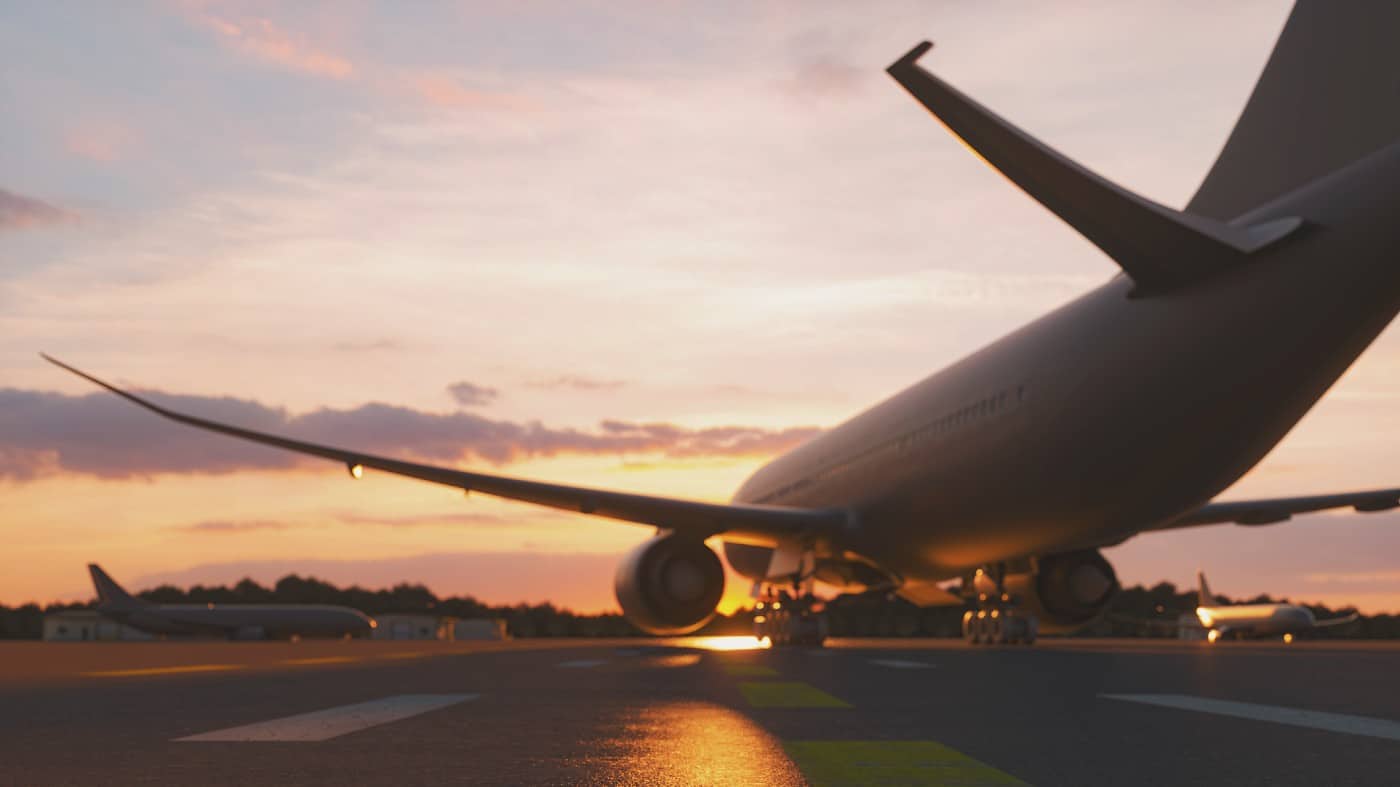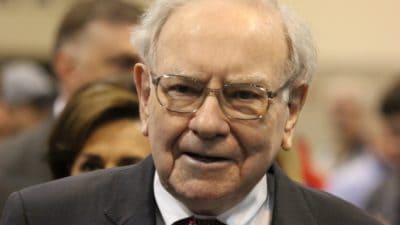Investing in airlines is not for the faint-hearted. They often see dramatic swings in profitability, as so many key factors like fuel costs and passenger willingness to travel are largely outside their control. Take British Airways’ parent International Consolidated Airlines Group (LSE: IAG) as an example. The IAG share price has moved up around 70% in just over three months. That is a rapid altitude gain.
Could the rise keep going and mean the shares hit £2 each?
Positive sentiments
Airlines are back in business and in a big way.
After a highly challenging few years, most international travel restrictions have been lifted or reduced. There is a lot of pent-up demand for leisure travel. Business travel has bounced back, albeit more strongly in some markets than others.
The IAG share price has risen 24% so far in 2023, Wizz is up 39% and Jet2 has seen its share rise 28%. But on a one-year timeframe, Wizz and Jet2 have seen their share prices fall 46% and 15% respectively. It is the same story at IAG. Even after the recent surge, IAG shares are 10% cheaper than a year ago.
I think the strong performance in recent weeks reflects mounting investor confidence that air travel is back in a big way. But the longer-term picture points to the ongoing structural problems of consistently running an airline profitably.
Back to black
A look at IAG’s accounts illustrates that. Although it has now returned to the black, the past two full years saw €9.9bn in post-tax losses.
Even when the going was good, it was rarely spectacular. In 2019, for example, the business made a post-tax profit of €1.7bn. But with revenues of €25.5bn, that amounted to a net profit margin of under 7%.
Groaning balance sheet
Many industries have a thinner profit margin than that, but few suffer the occasional massive costs of an unforeseen event outside a company’s control. The pandemic is just the latest in a series of costly unpredictable interruptions to aviation demand. From terrorist attacks to volcanic eruption, this remains a significant risk for IAG and its peers.
That long-term pattern of sudden costly surprises helps explain why IAG ended September with net debt of €11bn. At a time when interest rates are rising, that threatens to hurt profitability badly.
Revenue has surpassed pre-pandemic levels and the firm is back in profit. But risks remain and the underlying economics of IAG’s business combined with its balance sheet make it unattractive to me as an investor.
Is £2 in sight?
So, what does that mean for where the IAG share price might go from here?
After its strong recent performance, I think a lot of investor optimism has already been priced in.
The company has a market capitalisation of £8bn. Even after its rise, the share price would need to jump by another quarter to reach £2.
In the absence of a very strong commercial performance I see no immediate drivers for that. It might still happen just because investor enthusiasm keeps strengthening. After all, IAG shares passed £2 in 2021 even when the business’ financial performance was terrible. But the shares may also fall back.
I remain unconvinced that IAG can be consistently profitable in future. I have no plans to add the shares to my portfolio.








